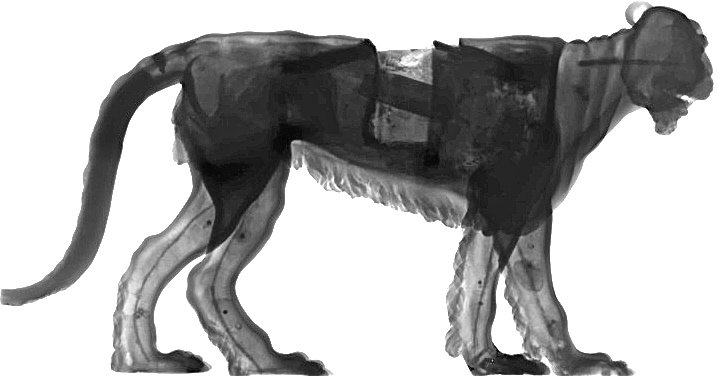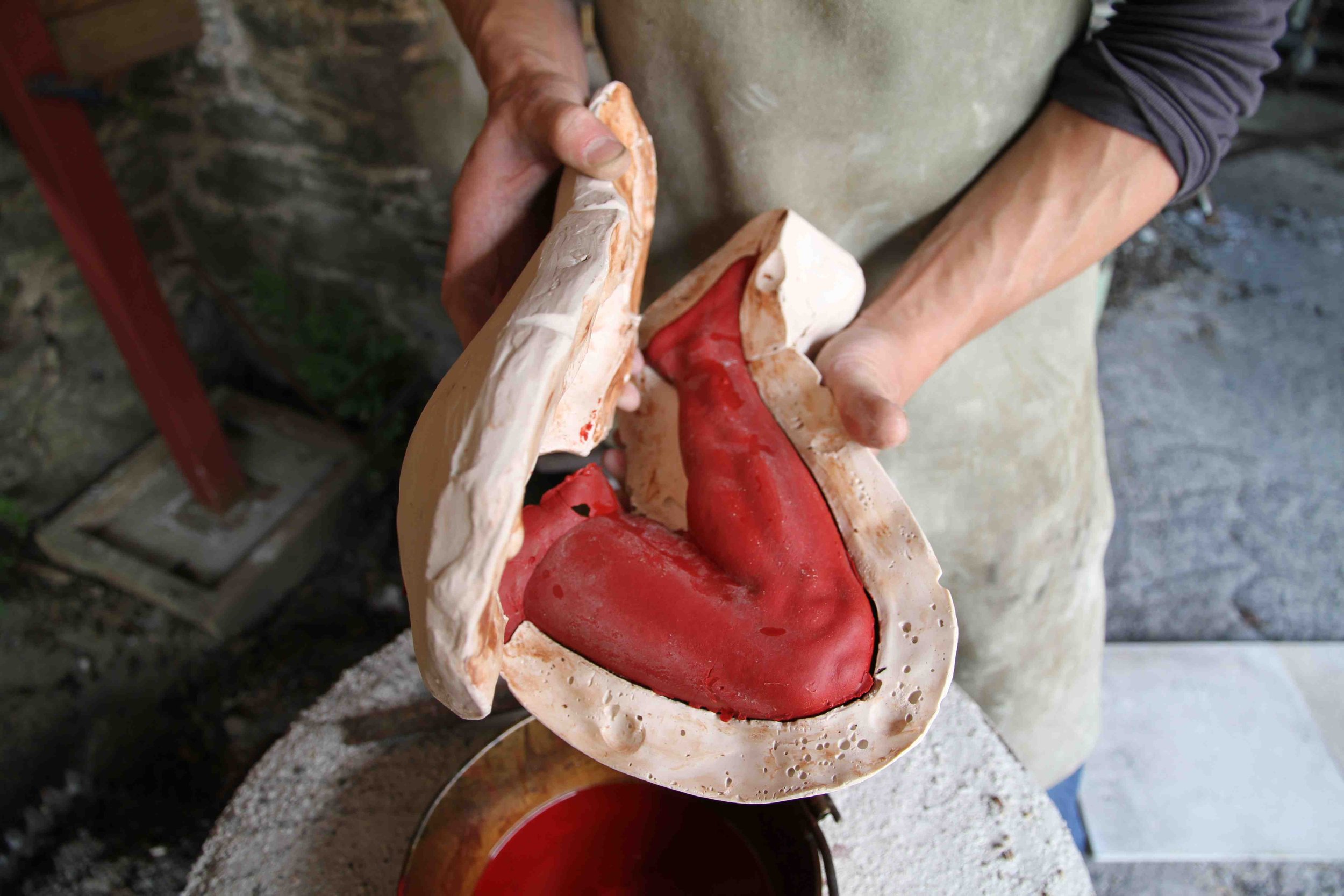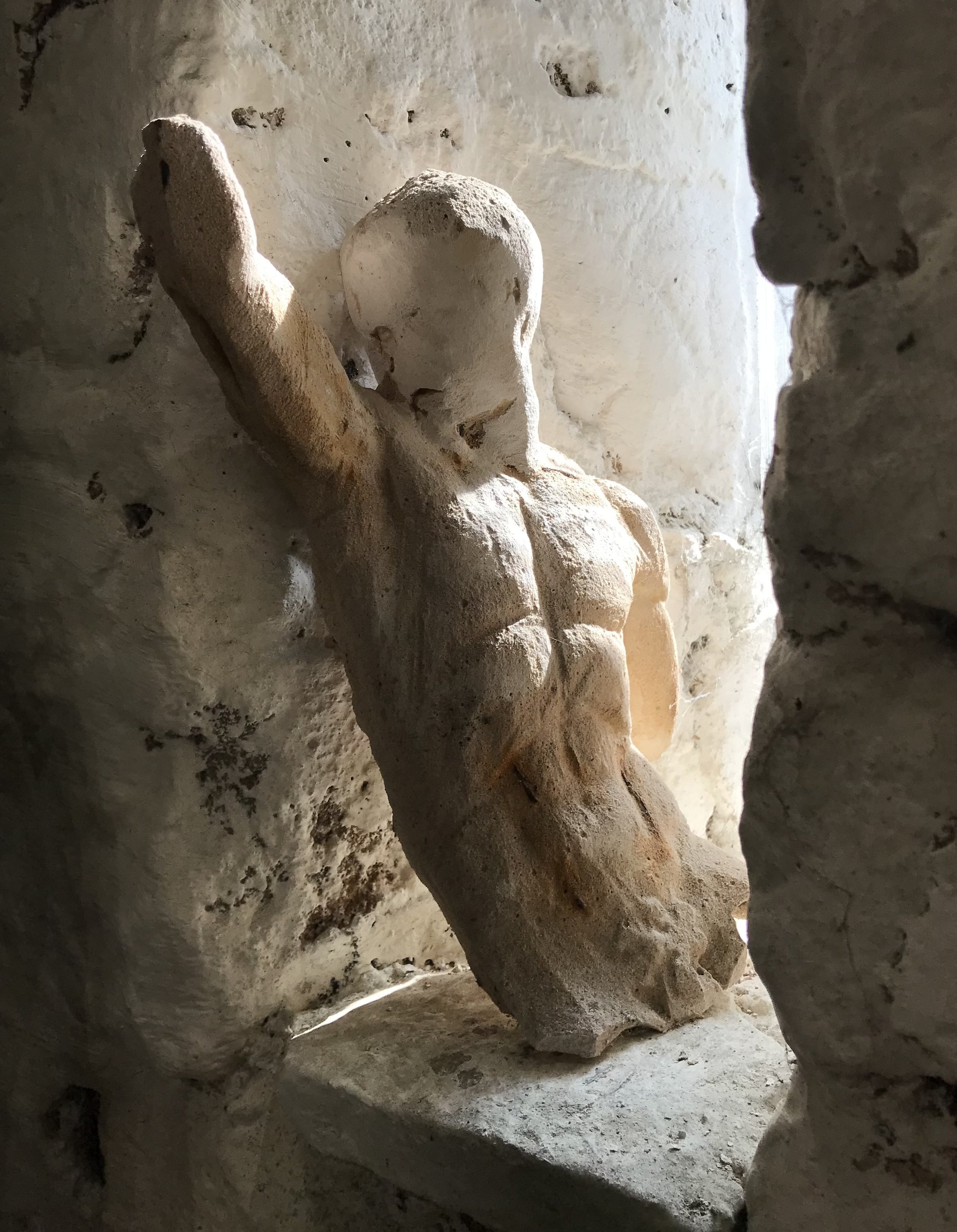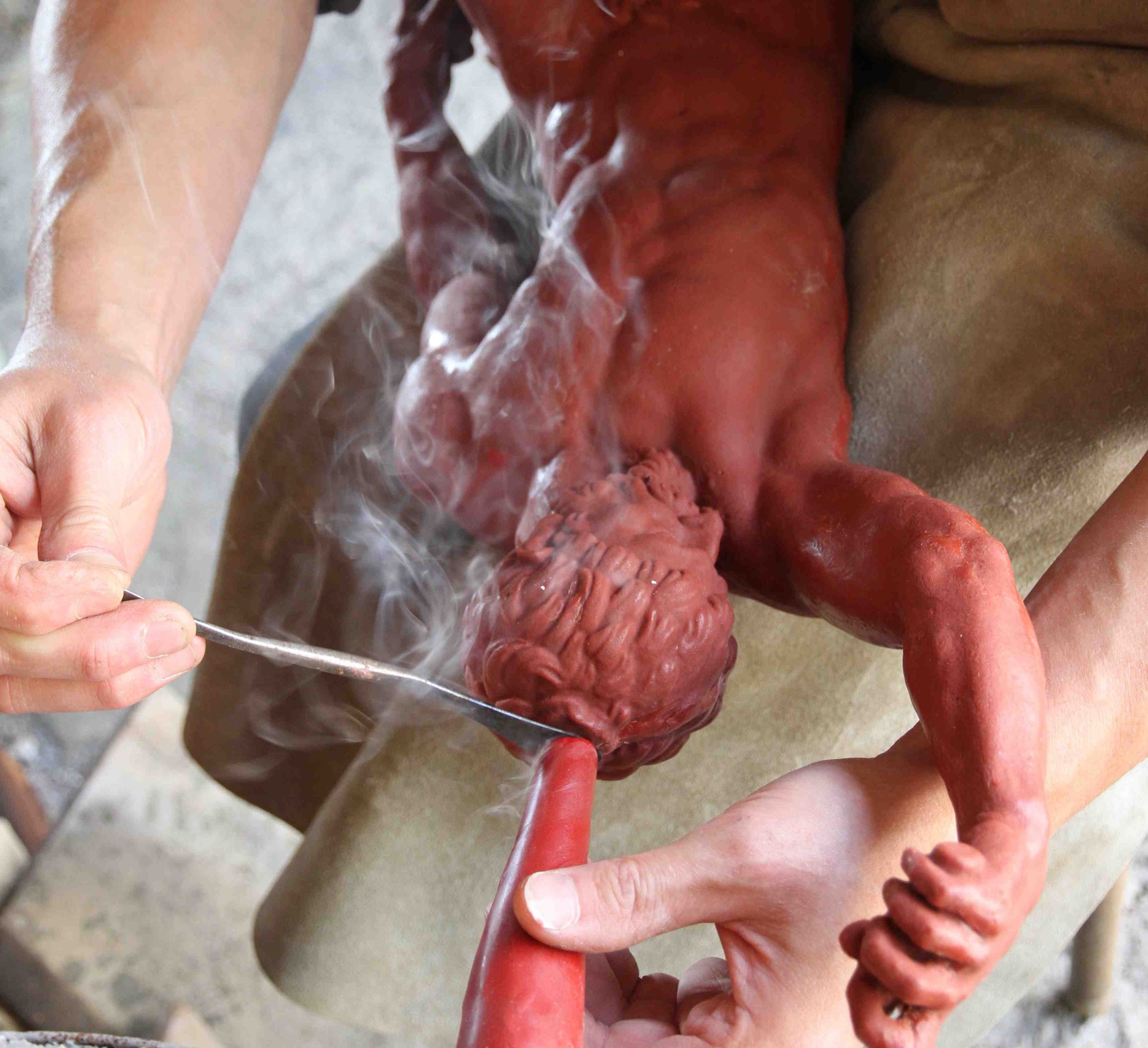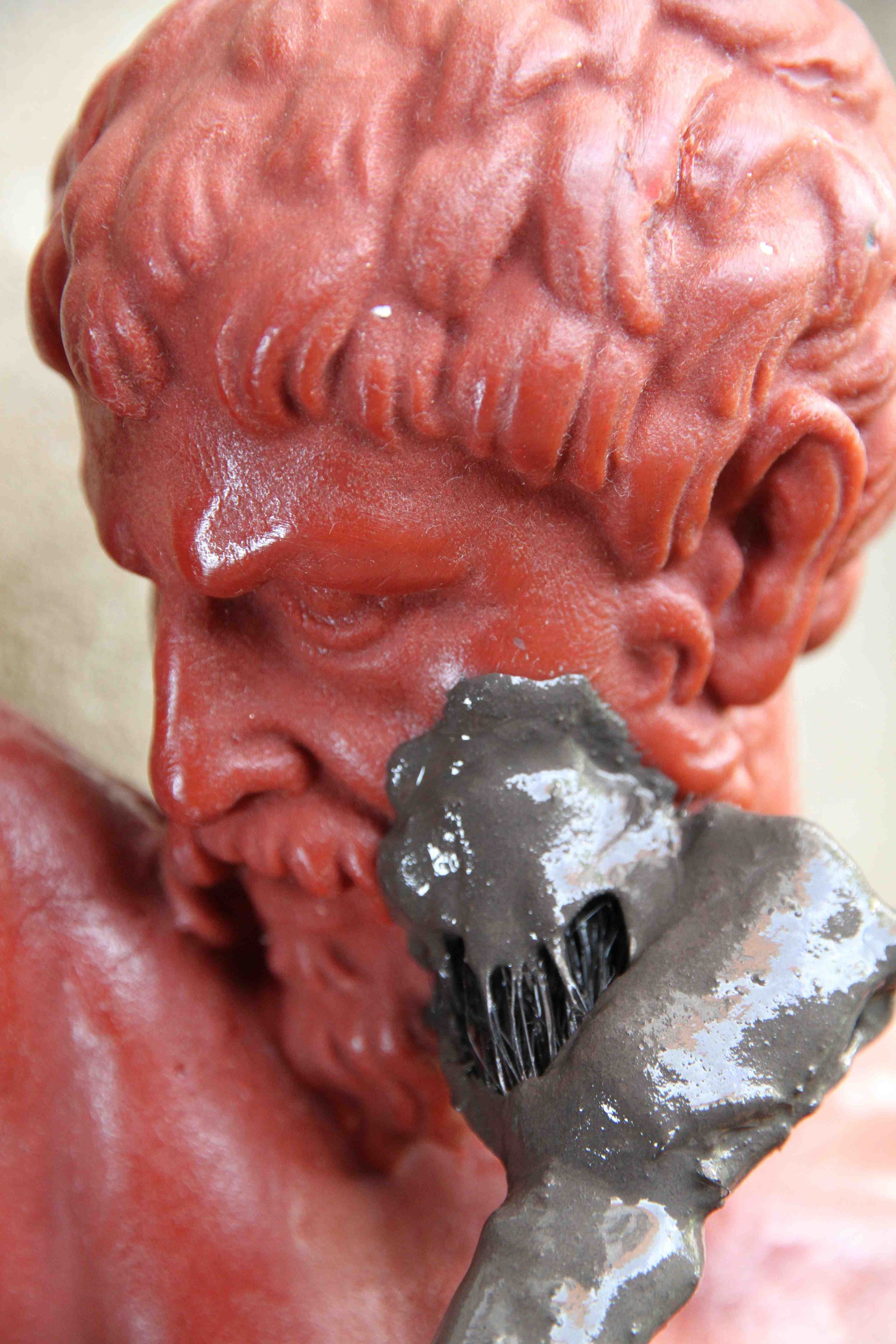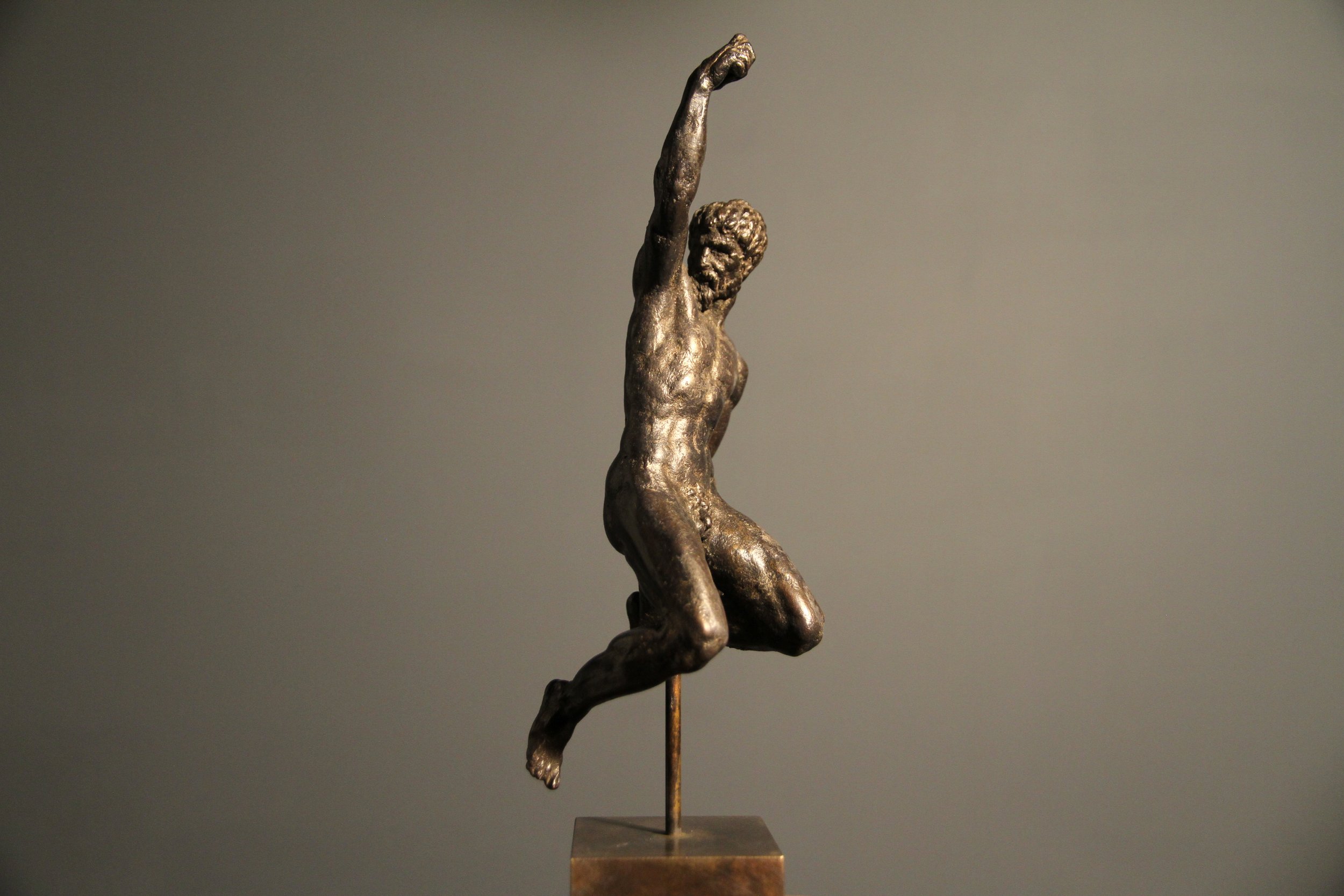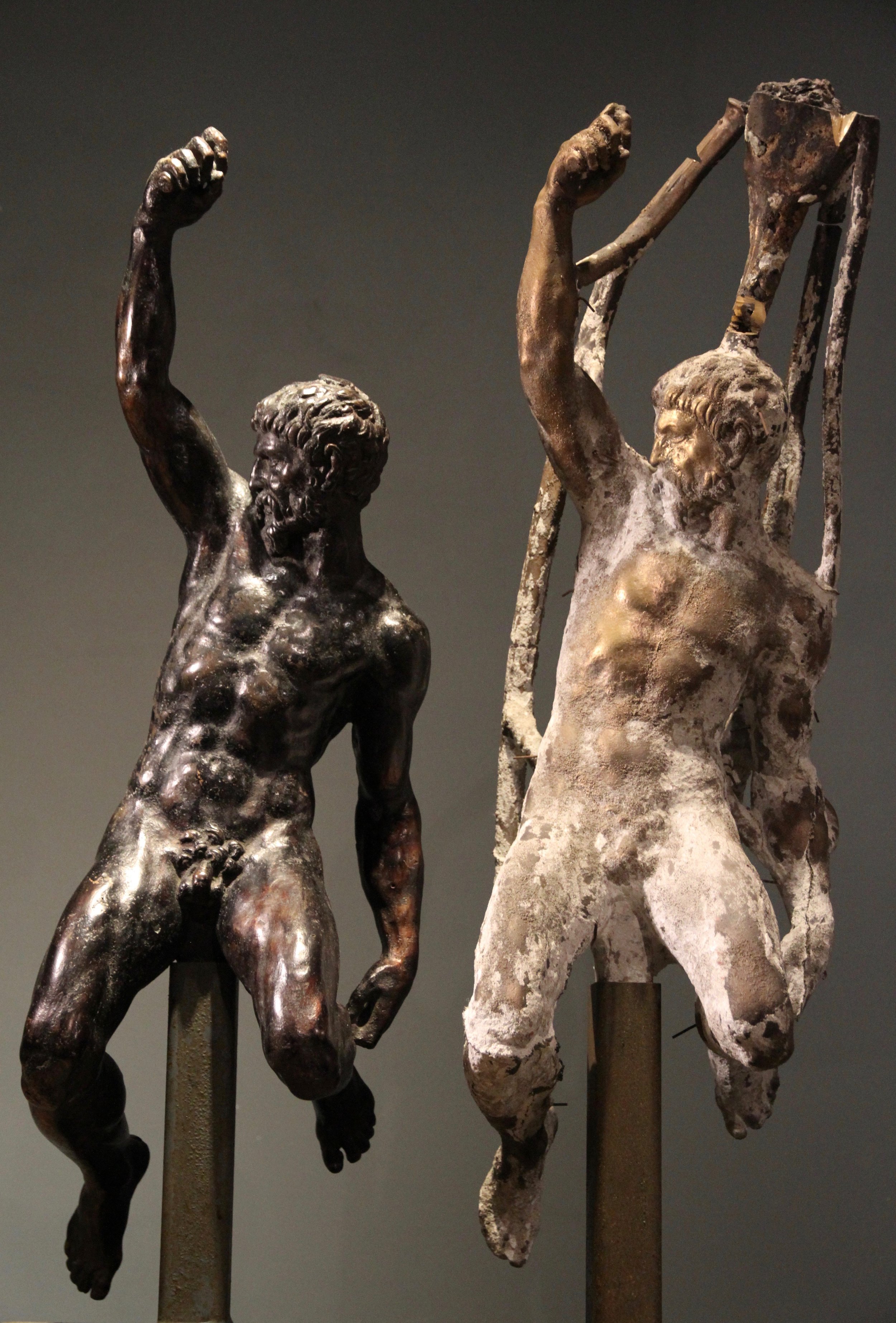
A Michelangelo Discovery
In 2015, I was invited to speak at the Michelangelo Discovery Symposium at Downing College Cambridge. I was part of a team of international art experts and academics that had set out to discover if the 'Rothschild Bronzes' could be attributed to Michelangelo. After sharing and debating our findings, we concluded the works were indeed his, making them the only surviving bronze sculptures in the world today to have been created by the Renaissance master
Experimental Reconstruction
Working collaboratively with a group of experts from the UK, Europe, and the United States, I engaged in rigorous scientific experiments, neutron scans, and meticulous historical research. My unique role in the project was to create an exact facsimile of the bronzes using materials and techniques appropriate to the early 16th Century. Together, we tested and debated the proposed attribution of the Rothschild bronzes to Michelangelo.
Dr Robert van Langh, Head of Conservation at the Rijksmuseum undertook technical investigations of the insides of the bronzes (via neutron images) and I conducted casting trials of the older nude figure in order to test the manufacturing hypotheses of the conservation scientists.
An experimental reconstruction of Renaissance bronze made using a complex and multi-stage process of lost wax casting. The reimagining and facture of Michelangelo’s figure were made as close as possible to the original so that both could be directly compared. In this way, scientific uncertainties can be tested, pointing the way to new evidence and alternative hypotheses.
I compare this sort of work to forensic TV shows in which crime scenes are reconstructed in miniscule detail. Only by making these sculptures myself was I able to learn about their physiology, and the wider material conditions in which they were originally created. After much detailed experimentation in my studio-foundry, I not only attributed the sculptures to the appropriate time period, I was able to account for the blemishes and imperfections that appear on one of the bronzes.

As I worked with these iconic sculptures, so too did they 'work' on me. Their singular, extravagant figuration has begun to creep into my own practice. In particular, the panther skulks in my studio, rearing up suddenly in the choices I make - like a vital, unharnessed energy seeking form through my own material manipulations. This makes me reflect that, as an artist, I am as much responsive to what I make as I am responsible for it.
As a result of the work carried out by our group, and these important discoveries, the Rothschild bronzes have now been attributed to Michelangelo.

